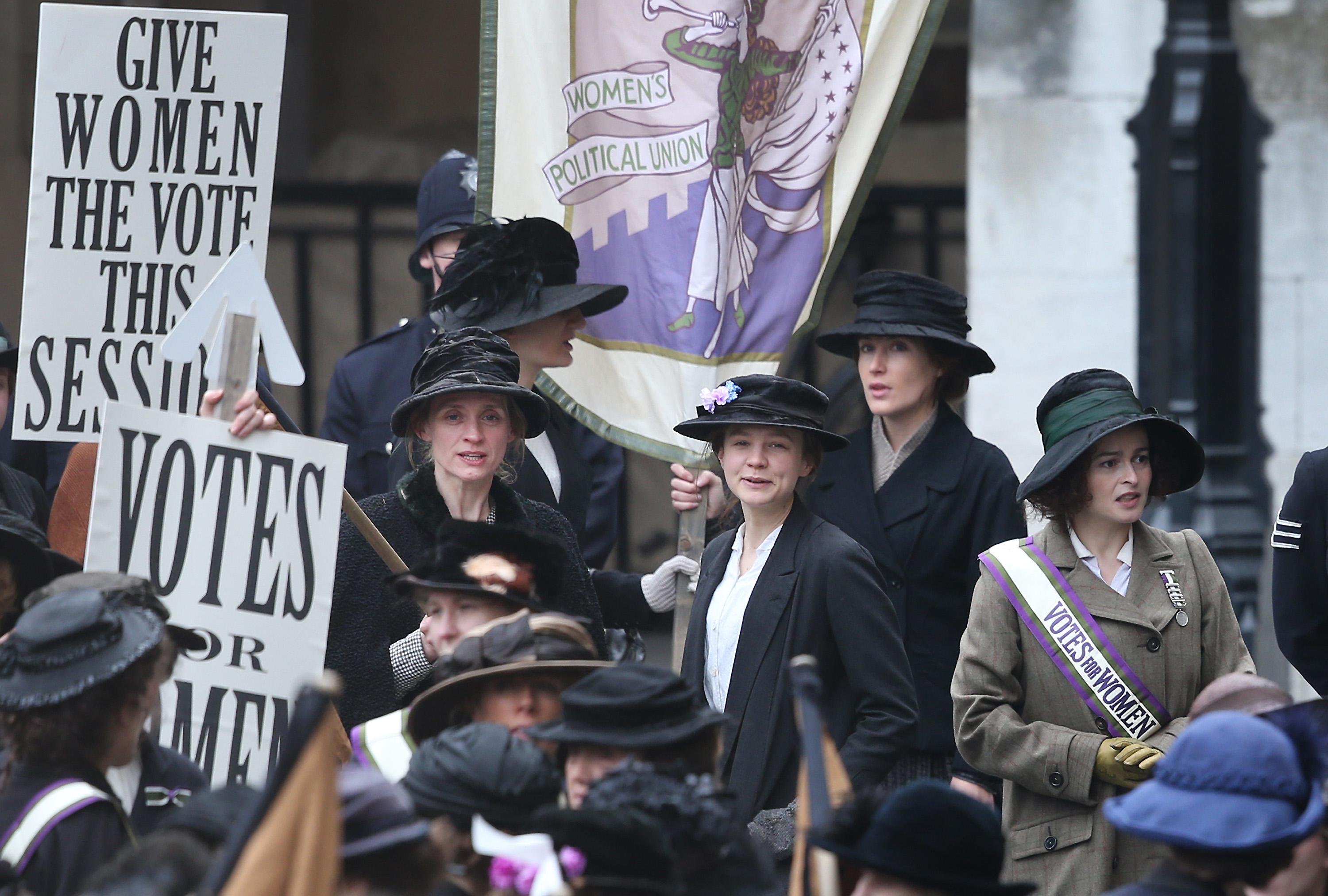A national museum on women’s history seems like it would be the sort of thing that everyone could get behind, until you consider how fraught so much of women’s history actually is. The idea for the museum first started in 1996, with the formation of a foundation advocating for its existence, and they’ve been slowly building support for it ever since. Now, that support has finally coalesced into Congress putting funding authorization into a defense spending bill. However, while the Republican-led House passed the bill that would allow it finally to be built, Sen. Tom Coburn is now holding it up, citing objections to the public lands package that includes the museum. Coburn objects generally to the federal government owning more land for things like museums and national parks, but he has always had it out for this proposed museum specifically, telling Gail Collins of the New York Times in 2010 that we don’t need it because there’s a Quilters Hall of Fame in Indiana and a National Cowgirl Museum and Hall of Fame in Texas.
Coburn’s obstructionism is causing concern about yet another government shutdown. And he’s not alone. Last week, a coalition of conservative groups, led by Concerned Women for America and including the March for Life and the American Family Association, wrote a letter begging the House to remove the public lands package from the defense bill and kill the women’s history museum in the process:
Further, this lands deal package includes creating a commission to study building a women’s history museum. Every indication points to the museum including exhibits that would in fact be offensive to military members. For example, the current National Women’s History Museum website glorifies Bella Abzug, who worked to drastically reduce military spending and said, “I am not being facetious when I say that the real enemies in this country are the Pentagon and its pals in big business.”
As Miranda Blue at Right Wing Watch notes, the language in the letter echoes an earlier CWA letter, written in the spring and signed by the anti-abortion Susan B. Anthony List, which also objected to the museum, claiming it “will without doubt become a shrine to liberal ideology, abortion, and liberal advocates.”
In response, the National Women’s History Museum has published a letter to Coburn and his fellow obstructionist Sen. Mike Lee, noting that the museum enjoys “strong bipartisan support including some of the most conservative women in the House.” Insisting that the museum deserves to be on the National Mall, the letter says, “Women’s many contributions to our nation deserve to be recognized in such a prestigious location.”
It is highly unlikely the National Women’s History Museum will be a shrine to abortion, even though that would undoubtedly make visiting it more interesting. If anything, some people are concerned the museum could be running too far in the other direction, too afraid of offending conservatives to portray history with the complexity and even accuracy it deserves. Back in April, historian Sonya Michel, who had worked as a consultant on the museum, wrote in the New Republic:
The bipartisan support may also reflect comfort with the NWHM’s anodyne presentation of U.S. women’s history, one that focuses on women’s formal political rights but omits more troublesome issues such as reproductive rights, pay discrimination, and sexual diversity. At two recent House hearings on the bill, witnesses and lawmakers mainly traded platitudes about American women’s accomplishments. Wages and Carolyn Maloney (D-NY) and Marsha Blackburn (R-TN), the House bill’s two sponsors, seemed to be competing with committee members to see who could come up with more female “firsts”: the first state to grant women suffrage; the first woman to be elected to Congress; the first women to have their statue placed in the Capitol Rotunda.
“To women’s historians,” she adds, “this kind of exchange indicates a lack of serious engagement with the subject that is not only disheartening but also shows disrespect for the tremendous scholarly effort that has gone into building their field over the past 40 years.”
Michel worries that “the museum will eschew analytic rigor to avoid irking donors or elected officials.” The museum had formed a Scholarly Advisory Council earlier this year, made up of actual historians, who were tasked with making sure the history on display is accurate and meaningful. But after the museum put up an online exhibit that had not been vetted by the historian committee, which contained inaccuracies and “could have been written by a middle-school student,” according to 19th-century historian Kathryn Kish Sklar, many on the committee decided to resign. Before they could do so, the committee was disbanded.
Michel’s concern after the committee was disbanded was that Congress would allow the museum to go forth without requiring historians in its leadership. The American Historical Association concurred in a statement that said that the museum “seems insufficiently aware of the importance of including qualified scholars in the field of women’s history in the planning process.” A recent amendment to the bill tightening the requirements to serve on the commission appears to have satisfied many of Michel’s objections about historical accuracy, however. But Coburn’s obstructionism presents a real threat to the project going forward.
This entire kerfuffle suggests that far from being some kind of paean to radical feminism that detractors fear, the National Women’s History Museum is going to be cautious and conservative and likely underplay the impact of progressive ideals on women’s progress. If it ever gets built at all.
